24 Major Medical & Scientific Discoveries That Happened By Mistake
The history of medicine is replete with serendipitous discoveries that have revolutionized healthcare and saved countless lives. Many groundbreaking medical advancements we rely on today were not the result of deliberate research, but rather happy accidents or unexpected observations. These fortuitous findings highlight the unpredictable nature of scientific discovery and the importance of remaining open to unexpected results.
From life-saving drugs to innovative treatments, the annals of medical history are filled with instances where chance played a crucial role in advancing our understanding of human health and disease. Let’s explore some of the most significant medical breakthroughs that occurred by sheer happenstance, forever changing the landscape of modern medicine.
Quinine

The anti-malarial drug quinine was discovered by a South American Indian who ingested it while suffering from malaria. He drank from a pool of water containing cinchona bark, which led to his fever abating. This discovery was later used by his tribe to treat malaria.
Insulin

In the late 1880s, two doctors accidentally discovered insulin while researching the pancreas’ role in digestion. They removed a pancreas from a dog and noticed that flies were attracted to the dog’s urine, leading to the discovery of higher sugar content. This eventually led to the isolation of insulin.
Penicillin
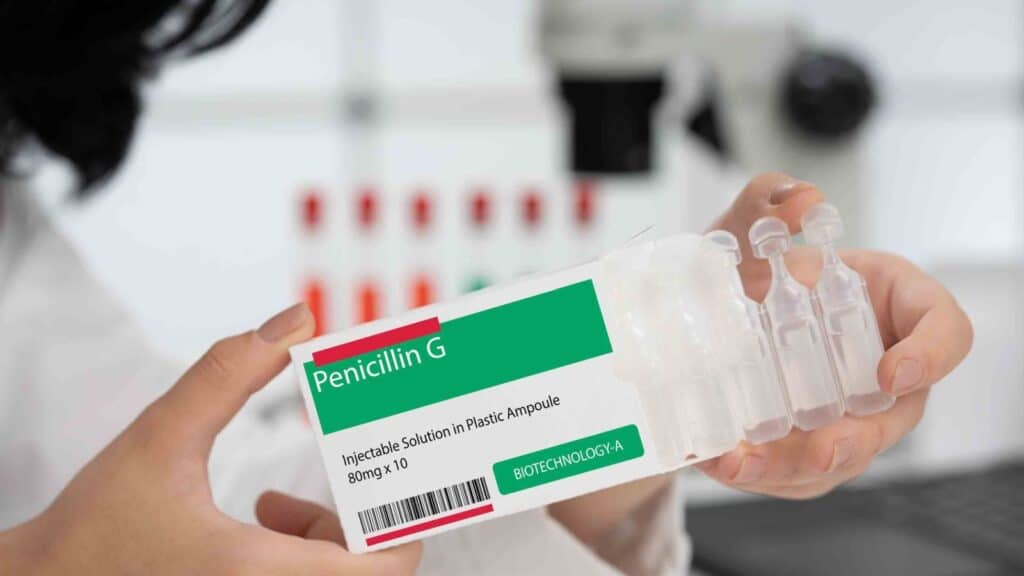
Alexander Fleming discovered penicillin in 1928 when he noticed that mold had contaminated a flu culture. Instead of discarding the sample, he examined it and found that the mold was lethal to bacteria. This discovery led to the development of penicillin as a non-toxic antibiotic.
X-Rays
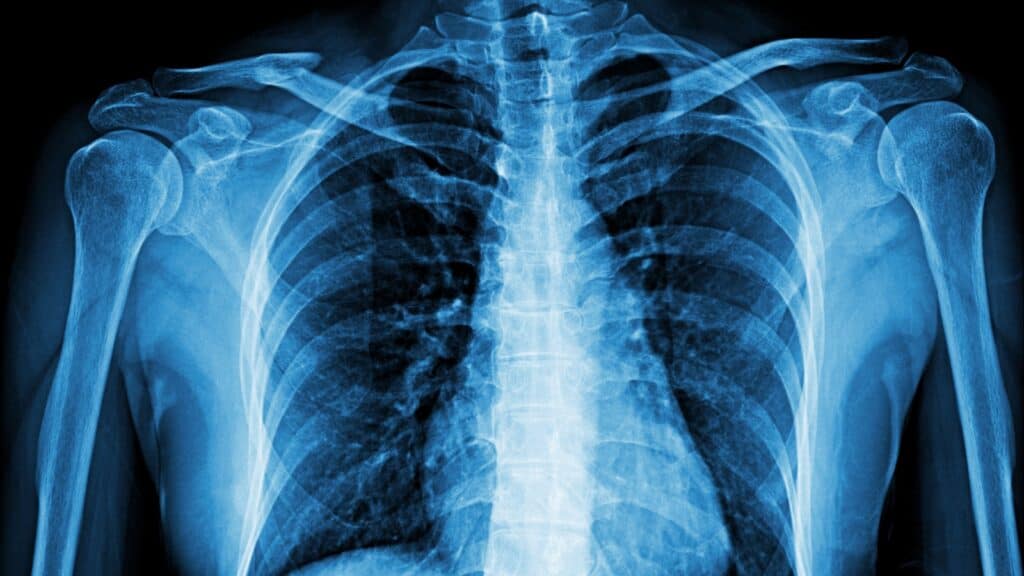
Wilhelm Conrad Rontgen discovered X-rays in 1895 while experimenting with cathode ray tubes. He noticed a mysterious glow emanating from a chemically coated screen, which led to the development of X-rays for medical imaging.
Coronary Angiogram
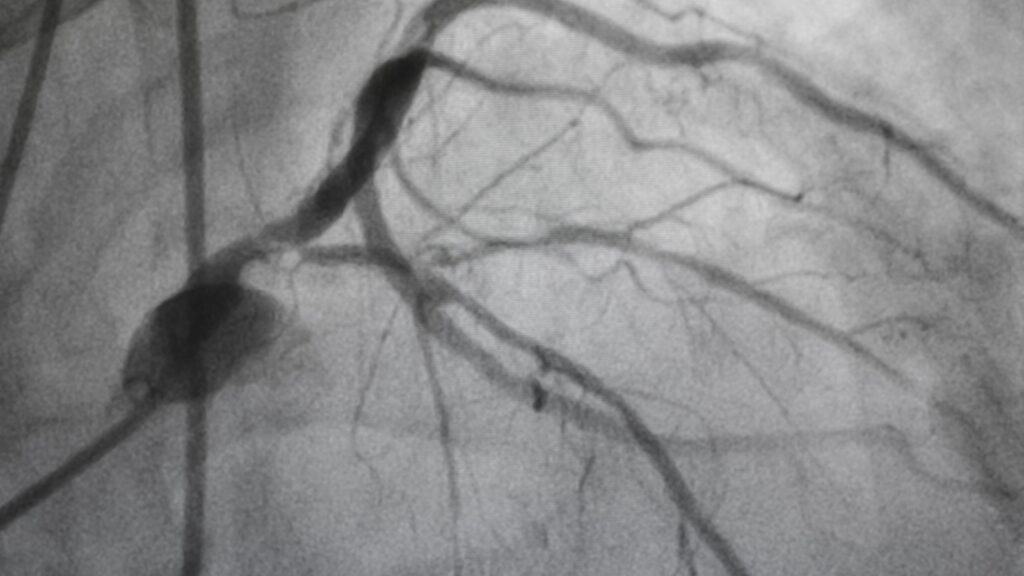
F. Mason Sones Jr. accidentally discovered the coronary angiogram in 1958 when a catheter slipped during a routine imaging test, injecting dye into a patient’s coronary artery. This led to the development of improved techniques for modern angiography.
Pacemaker
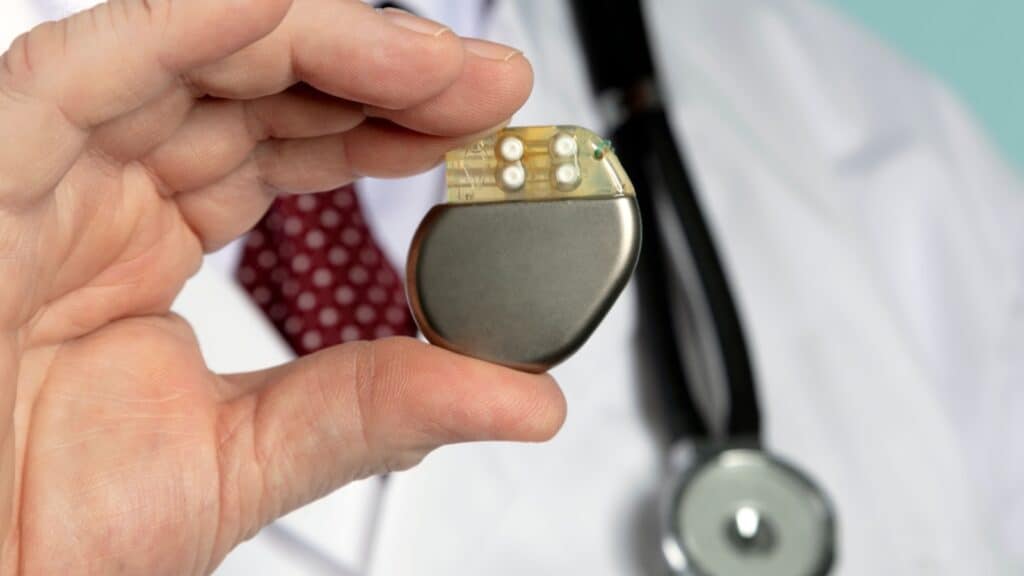
Wilson Greatbatch accidentally invented the pacemaker in 1956 when he installed the wrong resistor in an oscillator. This led to the creation of a device that produced a rhythmic pulse, similar to a heartbeat.
Radioactivity
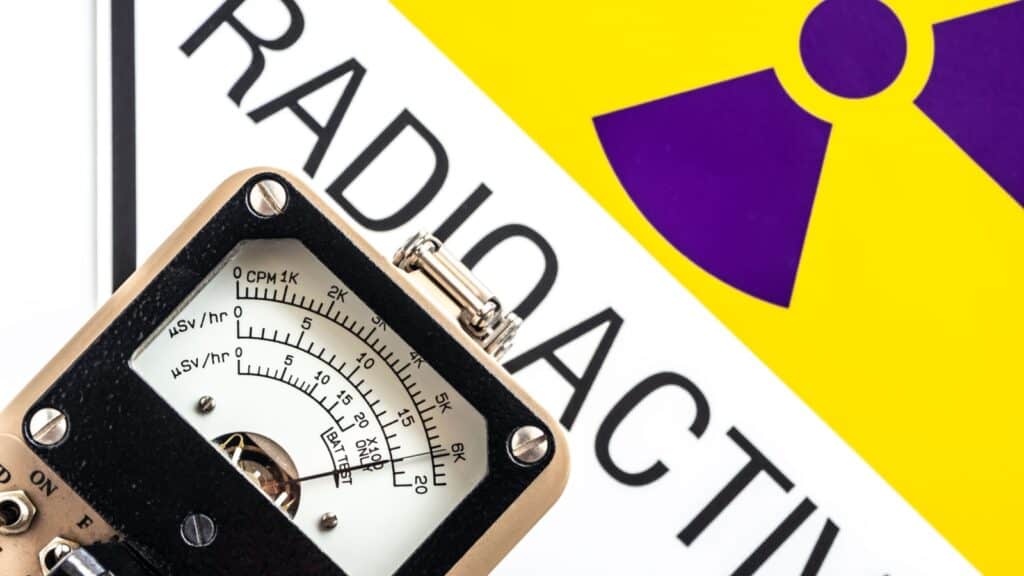
Henri Becquerel discovered radioactivity in 1896 when he left uranium salts on a photographic plate in a drawer. He found that the uranium was exposing the plate, leading to the discovery of spontaneous radioactivity.
Nitrous Oxide
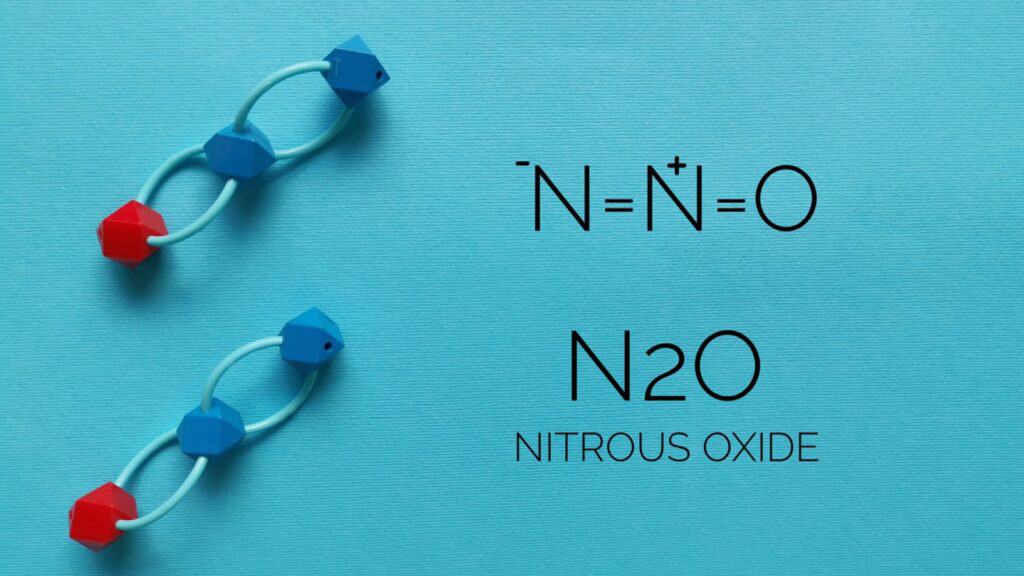
Joseph Priestley discovered nitrous oxide in 1772 when he heated ammonium nitrate and iron filings. He realized it had a calming and numbing effect, leading to its use as an anesthetic agent.
Oxford Vaccine Dose
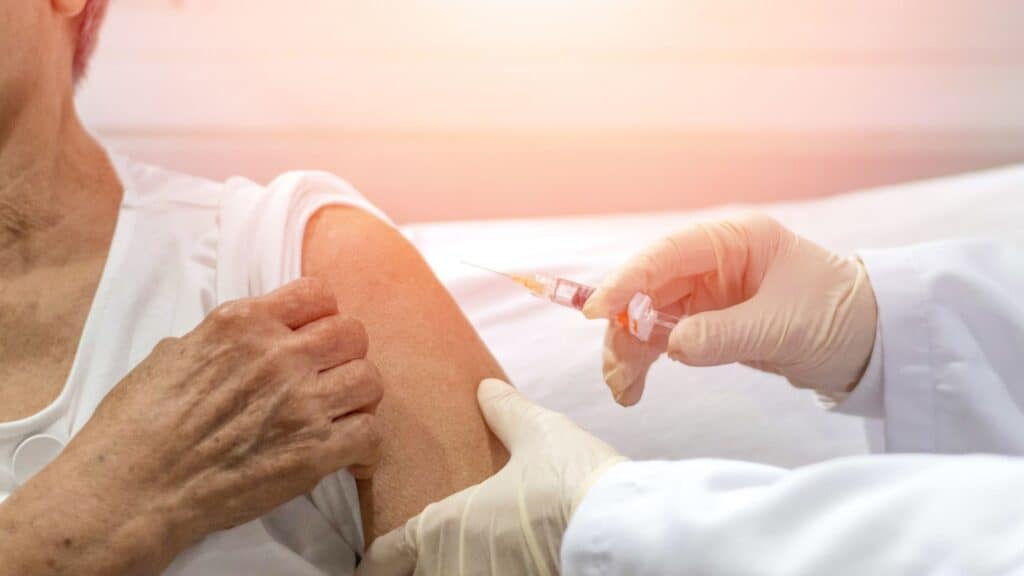
The Oxford-AstraZeneca vaccine was accidentally discovered to have higher efficacy when given at a lower initial dose and a full dose later. This serendipitous discovery led to a more effective vaccine with milder side effects.
Lithium for Psychiatric Disorders
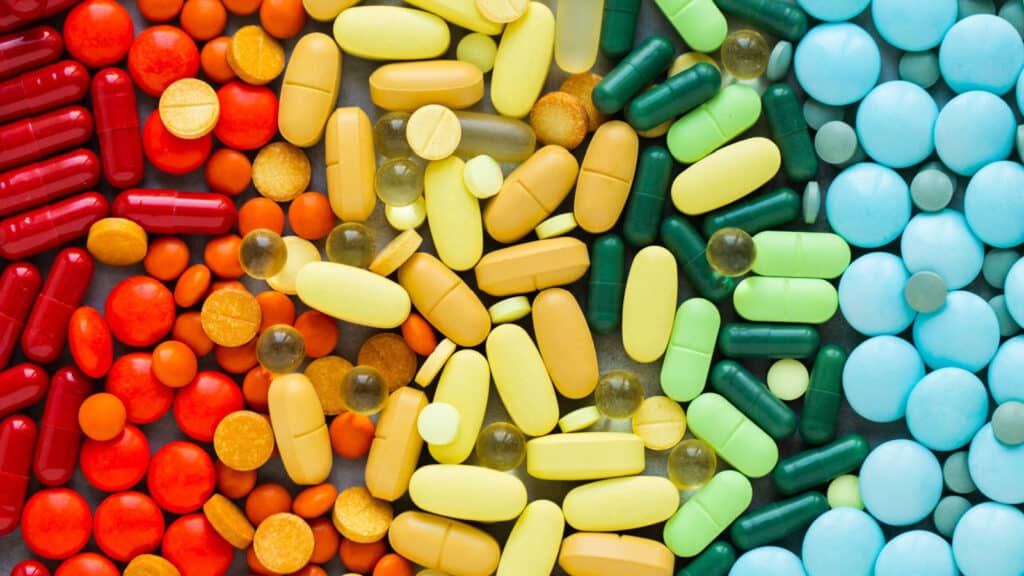
In the mid-1800s, lithium was initially used to treat gout and bladder stones. After World War II, psychiatrist John Cade discovered its calming effects on guinea pigs while investigating uric acid levels in mentally ill patients. This accidental finding led to lithium’s use in treating psychiatric disorders.
Smallpox Vaccine
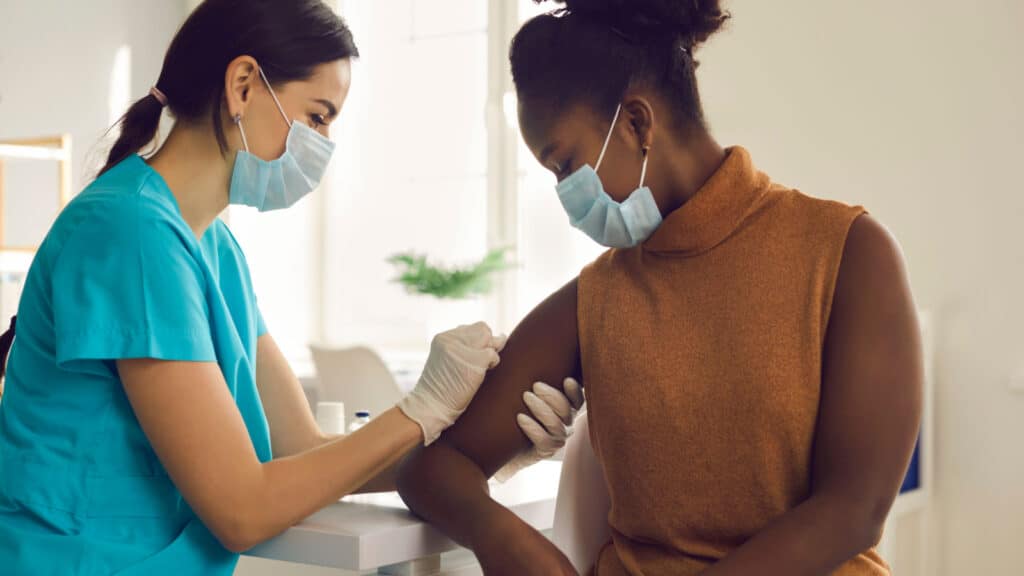
Edward Jenner, a physician in the late 1700s, noticed that milkmaids who contracted cowpox seemed immune to smallpox. This observation led him to develop the first smallpox vaccine by inoculating a boy with cowpox material, effectively creating immunity against smallpox.
Warfarin

Originally discovered in the 1920s when cattle were found to be bleeding profusely after eating spoiled clover, warfarin was later isolated and developed into an anticoagulant medication.
Botox
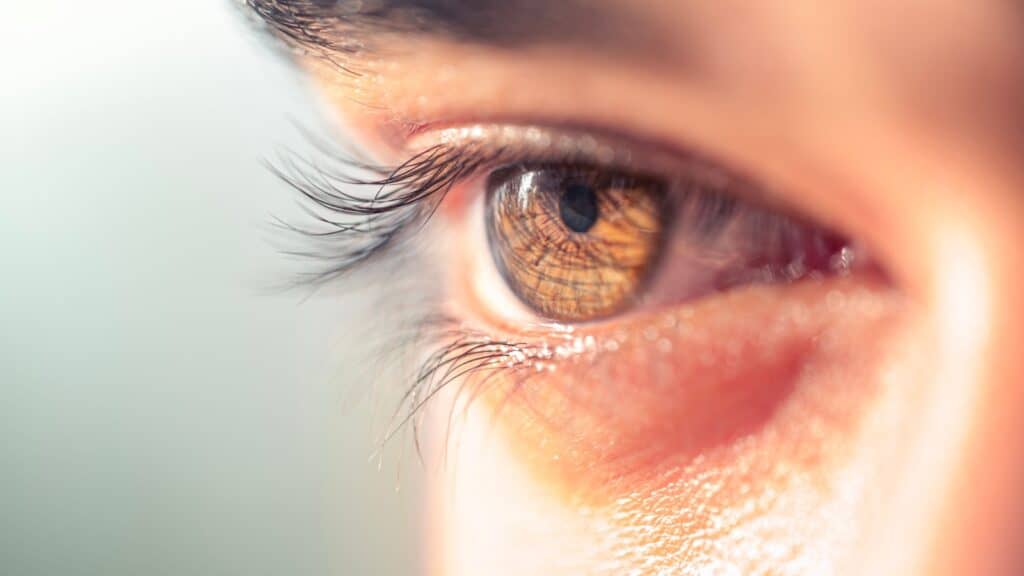
Initially discovered as a toxin causing botulism from spoiled sausage, Botox’s therapeutic potential was accidentally found in the 1970s when ophthalmologists used it to treat eye muscle disorders. Its cosmetic applications were later discovered by a plastic surgeon in the 1980s.
Stomach Ulcers and H. pylori

Barry Marshall and J. Robin Warren’s discovery of the bacteria H. pylori as the cause of stomach ulcers was partly due to an extended incubation period over a holiday weekend, allowing the slow-growing bacteria to be identified.
Plastic-Eating Enzymes

In 2016, scientists in Japan accidentally discovered bacteria that could eat plastic. While studying these bacteria, researchers inadvertently enhanced the plastic-degrading abilities of the enzymes they produced, potentially offering a solution to plastic pollution.
The Big Bang Evidence

Astronomers Arno Penzias and Robert Wilson stumbled upon the first evidence of the Big Bang when they detected unexplained radio static, which turned out to be cosmic microwave background radiation.
Viagra
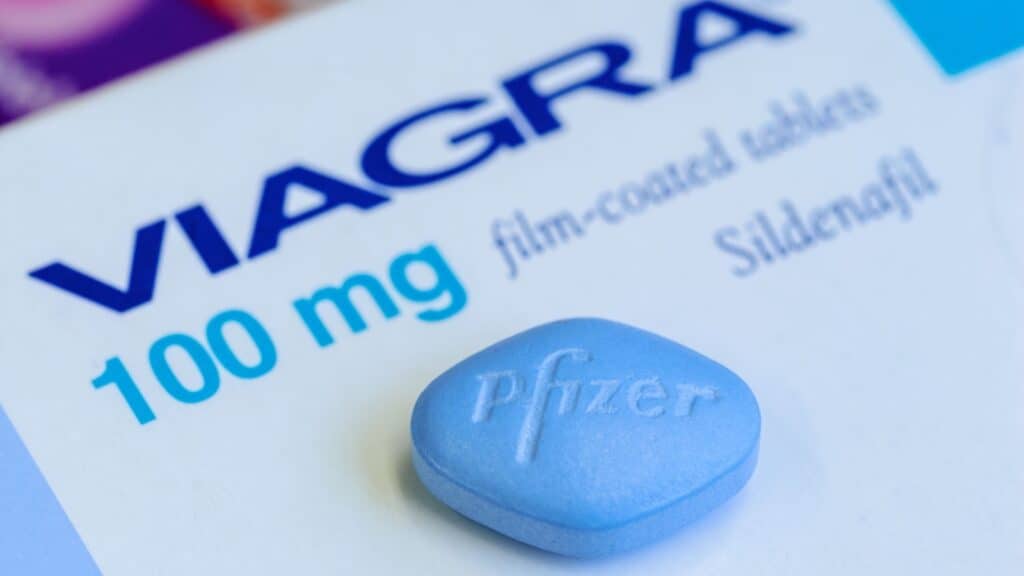
Originally developed to treat angina, sildenafil (Viagra) was found to have a significant side effect: it induced erections. This unexpected result led to its development as a treatment for erectile dysfunction, revolutionizing sexual health treatments.
Valium

Valium (diazepam) was discovered by accident when chemist Leo Sternbach was working on a series of compounds to treat anxiety. The compound’s calming effects were found serendipitously, leading to its widespread use as an anti-anxiety medication.
Minoxidil
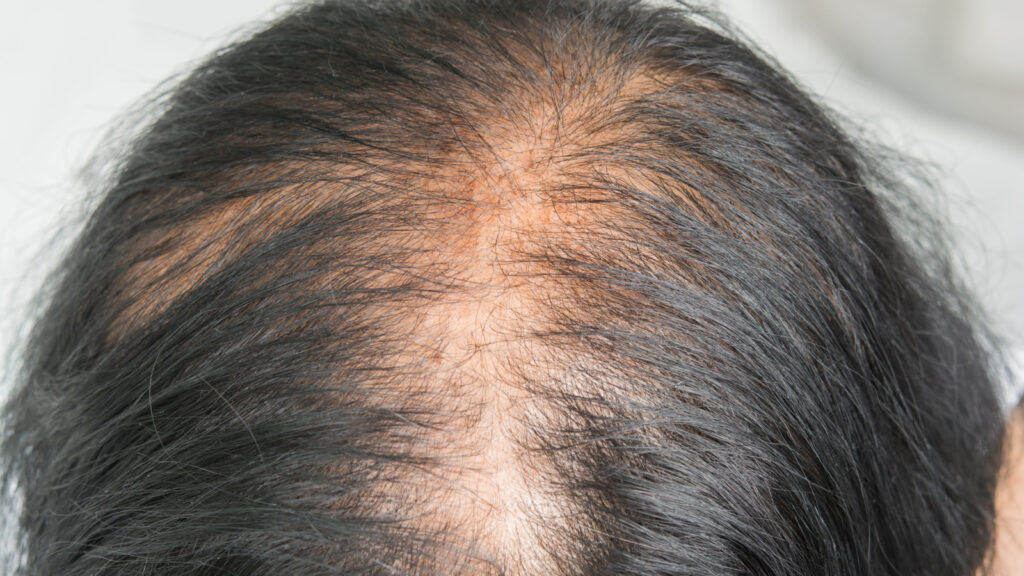
Initially developed as a treatment for high blood pressure, minoxidil was found to have the side effect of promoting hair growth. This led to its use in treating male pattern baldness, marketed under the name Rogaine.
Antabuse

Disulfiram (Antabuse) was discovered when workers exposed to the chemical experienced severe reactions to alcohol. This led to its use as a treatment for chronic alcoholism by inducing unpleasant effects when alcohol is consumed.
Chlorpromazine

Chlorpromazine, the first antipsychotic drug, was discovered when French surgeon Henri Laborit used it to calm patients before surgery. Its effectiveness in treating psychotic symptoms was an unexpected benefit, revolutionizing the treatment of schizophrenia and other mental disorders.
Iproniazid
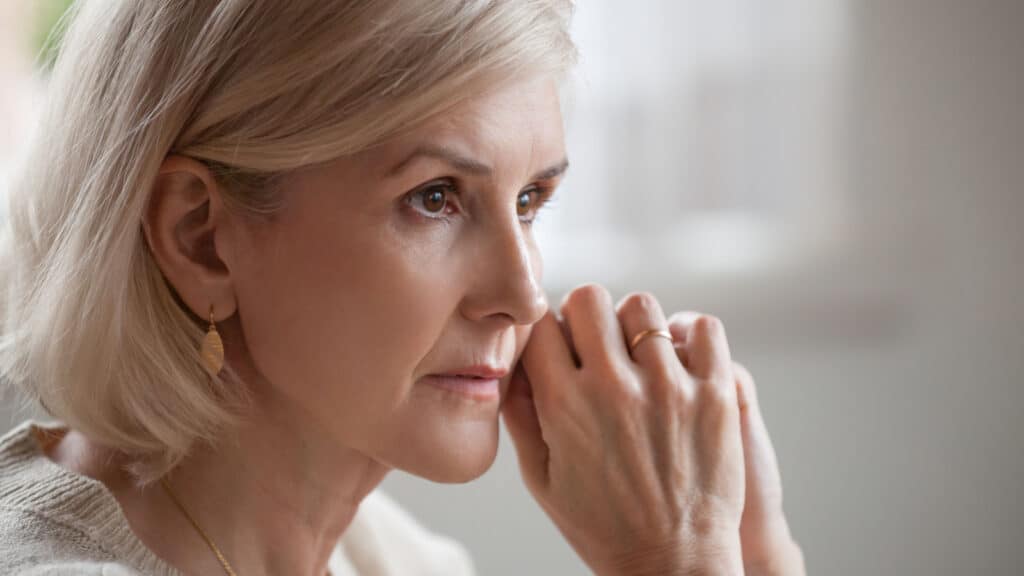
Initially developed to treat tuberculosis, iproniazid was found to have mood-elevating properties. This led to its use as one of the first antidepressants, paving the way for the development of other mood disorder treatments.
LSD

Lysergic acid diethylamide (LSD) was discovered by Swiss chemist Albert Hofmann while researching ergot alkaloids. He accidentally ingested a small amount and experienced vivid hallucinations, leading to its study and use in psychotherapy and research on consciousness.
Saccharin

The artificial sweetener saccharin was discovered by chemist Constantin Fahlberg when he noticed a sweet taste on his hand after working with coal tar derivatives. This led to its development as a sugar substitute, particularly useful for diabetics.
The Takeaway

These accidental discoveries have significantly impacted the field of medicine and science, leading to life-saving treatments and a deeper understanding of human health.
Confusing Heart Attack Warning Signs In Women: 12+ Symptoms You Should Not Ignore!

Heart attacks, or myocardial infarctions, are critical medical emergencies where the blood supply to a part of the heart is suddenly blocked, usually by a blood clot. While heart attacks are commonly associated with men, they are a significant health risk for women as well. In fact, heart disease is the leading cause of death for women in many parts of the world, surpassing even breast cancer. Understanding how to detect a heart attack, why women are susceptible, and the relevant statistics is crucial for improving outcomes and saving lives.
READ: Confusing Heart Attack Warning Signs In Women: 12+ Symptoms You Should Not Ignore!
21 Beauty & Style Tech Gifts That Will Make Your Life Better

We’ve curated a list of 21 tech gifts that are guaranteed to make your life easier and just plain better! From innovative gadgets to cutting-edge devices, as gifts these are sure to impress even the most discerning. So, whether you (or the lucky recipient) are a frequent traveler, a fitness enthusiast, budding photographer, or a BBQ fanatic, there’s something on this list for everyone.
READ: 21 Beauty & Style Tech Gifts That Will Make Your Life Better
Join Us

Join us on this empowering journey as we explore, celebrate, and elevate “her story.” The Queen Zone is not just a platform; it’s a community where women from all walks of life can come together, share their experiences, and inspire one another. Welcome to a space where the female experience takes center stage. Sign up for our newsletter so you don’t miss a thing, Queen!







